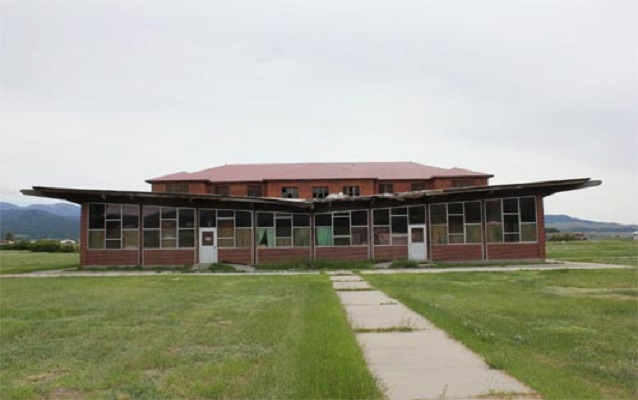Last updated: July 28, 2017
Place
Montana State Training School

Quick Facts
Location:
Roughly bounded by MT 69, Riverside Rd. & Boulder R
Significance:
Health/Medicine, Social History, Education, Architecture
Designation:
National Register of Historic Places
OPEN TO PUBLIC:
No
The Montana State Training School Historic District holds historical significance for its associations with the state's education, treatment, and custodial care of its citizens with disabilities. Including academic buildings, dormitories, and a resident cottage, the historic district documents the evolution of both national and state institutional and cultural attitudes toward the disabled, particularly those with cognitive impairments. Although it began as a largely educational endeavor in the late nineteenth century, the State Training School soon actively participated in national trends of mass institutionalization and sterilization through the 1960s, followed by rapid deinstitutionalization beginning in 1970. Mid-century, Dr. Philip Pallister, the school's Clinical Director, established the institution as a leader in genetic research. For these associations with education, medicine, and state treatment of individuals with disabilities, the district is eligible for listing at a local and state level of significance under Criterion A.
The period of significance begins in 1912, when the school's south campus first developed, and continues through 1970, when a stark transition toward deinstitutionalization began. The district gains additional significance under Criterion C. The development of the campus over a span of fifty years is reflected in the architecture of the buildings. The district contains examples of the Italian Renaissance Revival, International, and Modernist styles. Several of the buildings are associated with Montana's premiere architects, C.S. Haire and J.G. Link. The buildings reflect not only evolving institutional demographics and strategies of care for the disabled but also shifting architectural trends. Indeed, as then Superintendent Robert Perry explained in 1971, the campus's architecture and grounds planning is a veritable museum of concepts of treatment.
The period of significance begins in 1912, when the school's south campus first developed, and continues through 1970, when a stark transition toward deinstitutionalization began. The district gains additional significance under Criterion C. The development of the campus over a span of fifty years is reflected in the architecture of the buildings. The district contains examples of the Italian Renaissance Revival, International, and Modernist styles. Several of the buildings are associated with Montana's premiere architects, C.S. Haire and J.G. Link. The buildings reflect not only evolving institutional demographics and strategies of care for the disabled but also shifting architectural trends. Indeed, as then Superintendent Robert Perry explained in 1971, the campus's architecture and grounds planning is a veritable museum of concepts of treatment.
